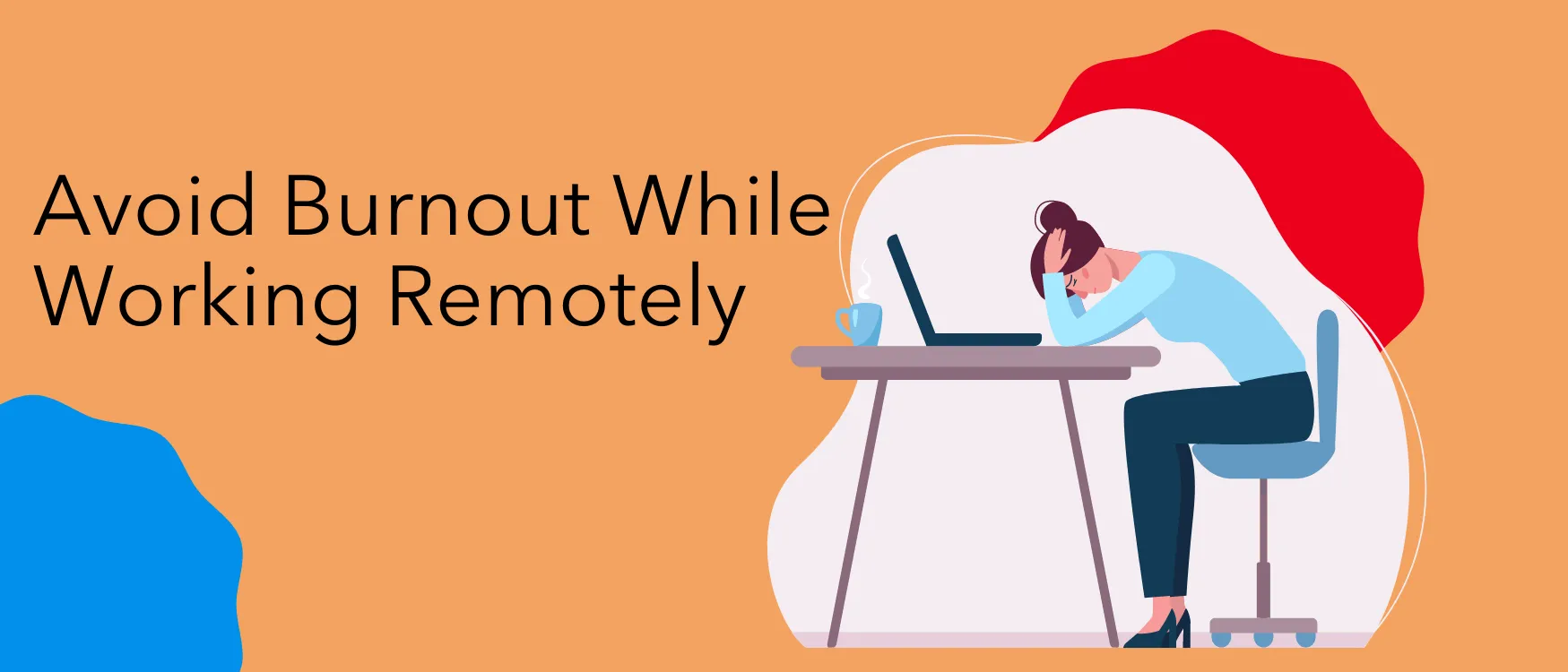

In today’s fast-paced world of remote work, maintaining a healthy work-life balance has become more crucial than ever. Let’s explore this topic in more detail with Ping Pong Go, a revolutionary productivity tool designed to help remote workers set boundaries and avoid burnout. As we delve into the intricacies of remote work productivity, we’ll uncover strategies and techniques to enhance focus, manage time effectively, and cultivate sustainable working habits that prioritize both efficiency and mental well-being.
Remote work has become increasingly prevalent in recent years, offering flexibility and convenience to employees across various industries. However, this shift in work dynamics has also brought about unique challenges that can impact productivity and well-being. One of the most significant hurdles faced by remote workers is the blurring of boundaries between work and personal life.
Without the physical separation of an office environment, many individuals find themselves struggling to disconnect from work-related tasks and responsibilities. This constant connectivity can lead to increased stress levels, diminished focus, and ultimately, burnout. Additionally, the lack of face-to-face interactions with colleagues and supervisors can result in feelings of isolation and reduced motivation.
Another challenge remote workers often encounter is the need for self-discipline and time management. Without the structure of a traditional office setting, it can be tempting to procrastinate or become easily distracted by household tasks or personal activities. This lack of structure can lead to decreased productivity and a sense of falling behind on work obligations.
Furthermore, remote work often requires individuals to navigate a variety of digital tools and platforms, which can be overwhelming and time-consuming. The constant influx of notifications, emails, and messages can contribute to information overload and difficulty prioritizing tasks effectively.
Establishing clear boundaries is essential for maintaining a healthy work-life balance and avoiding burnout while working remotely. By implementing effective strategies and utilizing productivity tools like Ping Pong Go, remote workers can create a structured and sustainable work environment that promotes both productivity and well-being.
One of the most crucial steps in setting boundaries for remote work is creating a dedicated workspace within your home. This physical separation between work and personal areas helps to establish a mental boundary and signals to your brain when it’s time to focus on work-related tasks. Choose a quiet area with minimal distractions and ensure it is equipped with the necessary tools and equipment for your job.
When designing your workspace, consider factors such as lighting, ergonomics, and organization. Adequate lighting can help reduce eye strain and fatigue, while ergonomic furniture and accessories can prevent physical discomfort and promote better posture. Keep your workspace tidy and organized to minimize distractions and create a sense of calm and productivity.
Maintaining a consistent work schedule is crucial for remote workers to create structure and routine in their day. Set specific start and end times for your workday, and communicate these boundaries to your colleagues and supervisors. This helps to manage expectations and ensures that you have dedicated time for personal activities and rest.
When creating your schedule, consider your natural energy levels and productivity patterns. Some individuals may find they are most productive in the early morning hours, while others may prefer to work later in the day. Tailor your schedule to align with your peak productivity times to maximize efficiency and output.
Read more: 5 Common Office Distractions (and How to Eliminate Them)
Effective time management is essential for remote workers to stay focused and avoid burnout. One popular technique is the Pomodoro method, which involves working in focused 25-minute intervals followed by short breaks. This approach helps to maintain concentration and prevent mental fatigue throughout the day.
Another useful time management strategy is the Eisenhower Matrix, which categorizes tasks based on their urgency and importance. This method helps prioritize tasks and ensures that you focus on high-priority activities that align with your goals and objectives.
The Getting Things Done (GTD) system is another effective approach for managing tasks and projects. This system emphasizes capturing all tasks and ideas, clarifying their next actions, and organizing them into appropriate categories. By implementing GTD principles, remote workers can reduce mental clutter and improve their ability to focus on current priorities.
In the digital age, numerous tools and applications are available to support remote workers in their quest for increased productivity and work-life balance. Ping Pong Go is a prime example of a comprehensive productivity tool designed specifically for remote teams. By incorporating such technologies into your workflow, you can streamline communication, manage tasks more effectively, and maintain a clear separation between work and personal time.
Utilizing task management and project collaboration tools is essential for remote workers to stay organized and on track with their responsibilities. These platforms allow you to create, assign, and track tasks, set deadlines, and collaborate with team members in real-time. By centralizing project information and communication, these tools help reduce the need for constant email exchanges and provide a clear overview of project progress.
When selecting a task management tool, consider factors such as ease of use, integration capabilities with other applications, and features that align with your specific workflow needs. Some popular options include Asana, Trello, and Monday.com, each offering unique features and customization options to suit various work styles and team sizes.
Time tracking tools can be valuable for remote workers to gain insights into how they spend their working hours and identify areas for improvement. These applications allow you to log time spent on specific tasks or projects, providing a clear picture of your productivity patterns and helping you allocate your time more effectively.
While time tracking can be beneficial for personal productivity, it’s important to approach it with a balanced perspective. Focus on using the data to improve your work habits and efficiency rather than becoming overly fixated on every minute spent. Some popular time tracking tools include RescueTime, Toggl, and Harvest, each offering different features and reporting capabilities.
Effective communication is crucial for remote teams to maintain productivity and foster a sense of connection. Utilizing dedicated communication platforms can help streamline interactions and reduce the feeling of isolation often experienced by remote workers. These tools typically offer features such as instant messaging, video conferencing, and file sharing, allowing for seamless collaboration regardless of physical location.
When choosing a communication platform, consider factors such as ease of use, security features, and integration capabilities with other tools in your workflow. Popular options include Slack, Microsoft Teams, and Zoom, each offering unique features to support various communication needs and team sizes.
Read more: Top Productivity Tools for Remote Teams in 2025
While setting boundaries and leveraging technology are important aspects of remote work productivity, it’s equally crucial to develop sustainable work habits that promote long-term success and well-being. By focusing on physical and mental health, as well as continuous skill development, remote workers can maintain high levels of productivity while avoiding burnout.
Maintaining good physical health is essential for sustained productivity and mental clarity. Incorporate regular exercise into your daily routine, even if it’s just a short walk or stretching session. Physical activity can help reduce stress, improve focus, and boost overall energy levels.
Pay attention to your posture and ergonomics while working, as prolonged periods of sitting can lead to discomfort and health issues. Consider investing in ergonomic furniture and accessories, such as a standing desk or ergonomic chair, to support proper posture and reduce the risk of physical strain.
Prioritize proper nutrition and hydration throughout the day. Prepare healthy meals and snacks in advance to avoid relying on unhealthy convenience foods. Keep a water bottle at your workspace to ensure you stay hydrated, which can help maintain focus and energy levels.
Remote work can sometimes lead to feelings of isolation and increased stress. It’s crucial to prioritize mental health and develop strategies for managing stress and maintaining emotional well-being. Practice mindfulness techniques, such as meditation or deep breathing exercises, to help reduce anxiety and improve focus.
Make time for social connections, both professionally and personally. Schedule virtual coffee breaks or lunch dates with colleagues to maintain a sense of camaraderie and team spirit. Outside of work hours, prioritize spending time with friends and family to maintain a healthy work-life balance.